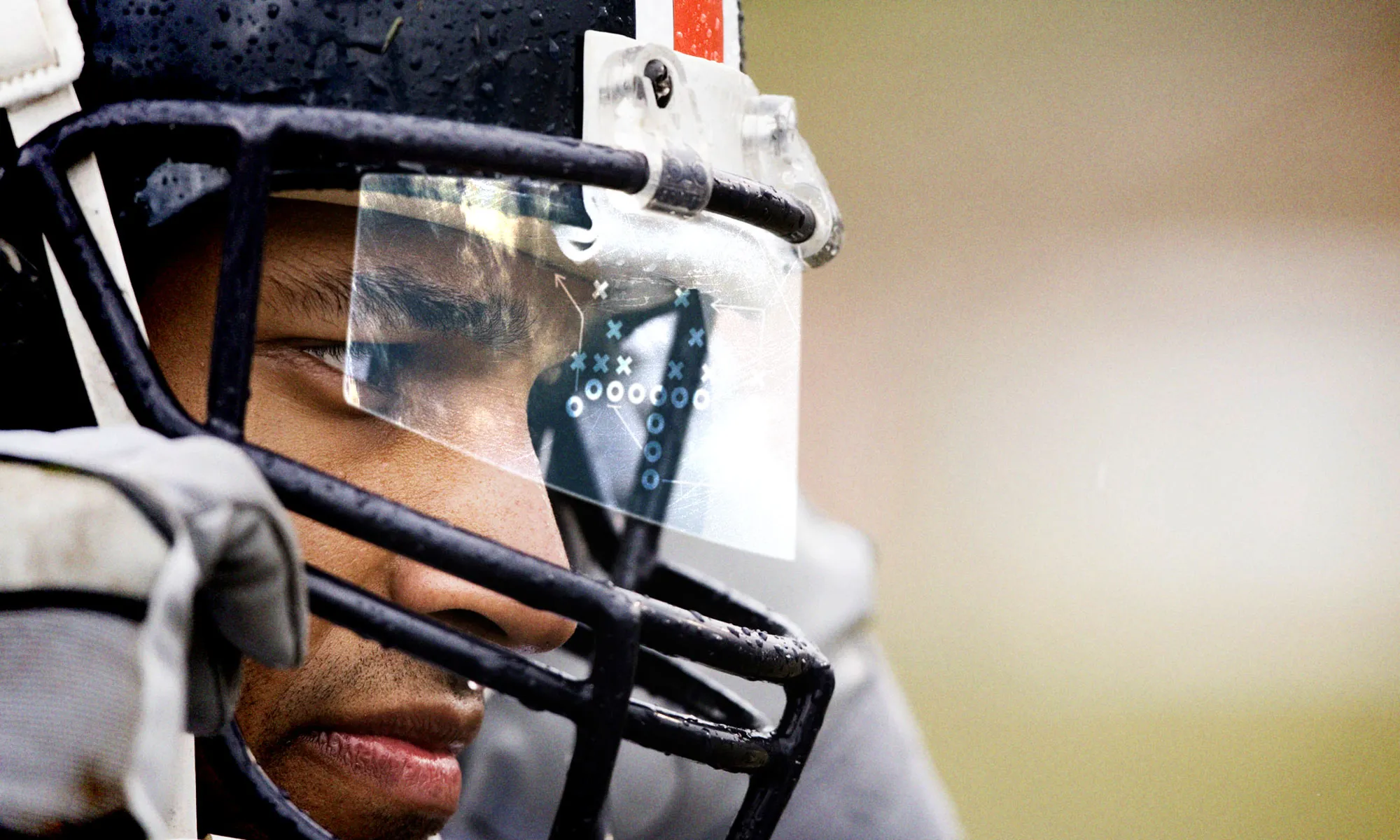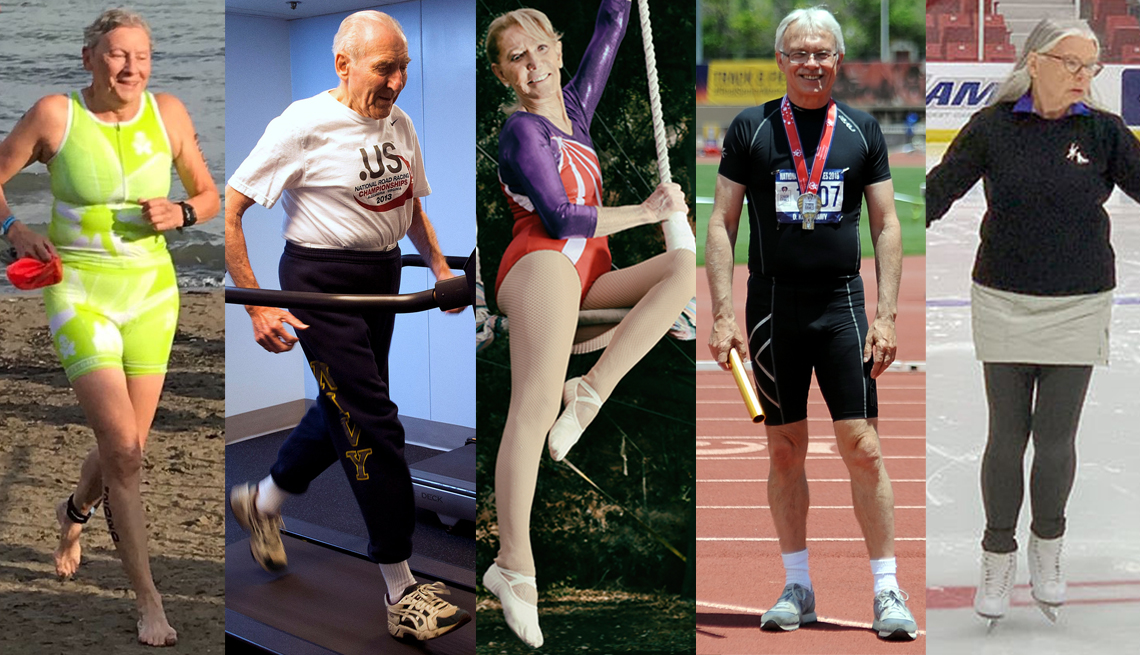Charting New Courses - The 18 Tectonic Shifts in Sports Rules and Their Groundbreaking Impact on the Game
From the first Olympic Games in ancient Greece to the modern, high-tech competitions we see today, the rules governing these sports have evolved to reflect societal changes, technological advancements, and a deeper understanding of physical performance and safety. This article will delve into the 18 most impactful rule changes in sports history, exploring their effects on how games are played and enjoyed worldwide.
Basketball: The Introduction of the Three-Point Line
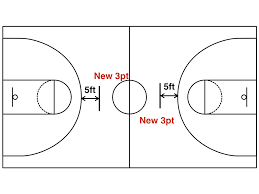
The introduction of the three-point line revolutionized offensive strategies, placing a premium on outside shooting. It added a new layer of excitement to the game, offering teams a chance to make dramatic comebacks. The three-pointer has become a critical part of basketball, influencing player development and game planning.
Football: The Back-Pass Rule

The back-pass rule in football, introduced in 1992, prohibited goalkeepers from picking up direct back-passes from their teammates' feet. This rule change aimed to discourage time-wasting and promote more attacking play. The rule significantly increased the pace of the game and required goalkeepers to develop better footwork.
Baseball: The Designated Hitter Rule

The designated hitter rule in Major League Baseball, introduced in 1973, allows teams to use a player to bat in place of the pitcher. This rule was implemented to increase scoring and fan interest.
Tennis: Introduction of the Tie-Break

The tie-break rule in tennis, introduced in 1970, was designed to prevent endless sets and matches. It introduced a more predictable and television-friendly format.
Cricket: The Introduction of T20 Format

The introduction of the Twenty20 format in cricket in the early 2000s was a game-changer. Designed to deliver a fast-paced, exciting game, it has attracted new audiences worldwide.
Rugby: The Introduction of Bonus Points

The introduction of bonus points in rugby union in the late 1990s rewarded teams for scoring a certain number of tries or losing by a small margin. This rule change encouraged more attacking play and made games more exciting for fans.
Ice Hockey: The Introduction of the Shootout

The introduction of the shootout in the National Hockey League in 2005 replaced the traditional tie game format. The shootout, where players take turns trying to score on the opposing team's goalie, was designed to ensure a decisive outcome for every game.
Golf: The Introduction of the Stableford Scoring System

The Stableford scoring system in golf, introduced in the late 19th century, awards points based on the number of strokes taken at each hole. This rule encourages aggressive play, as the reward for good performance is greater than the penalty for poor performance.
Boxing: The Introduction of the 10-Point Must System

The 10-point must system in boxing, introduced in the 1960s, awards the winner of each round 10 points and the loser fewer points. This scoring system provides a clear and objective measure of a boxer's performance.
Athletics: The Introduction of False Start Rules
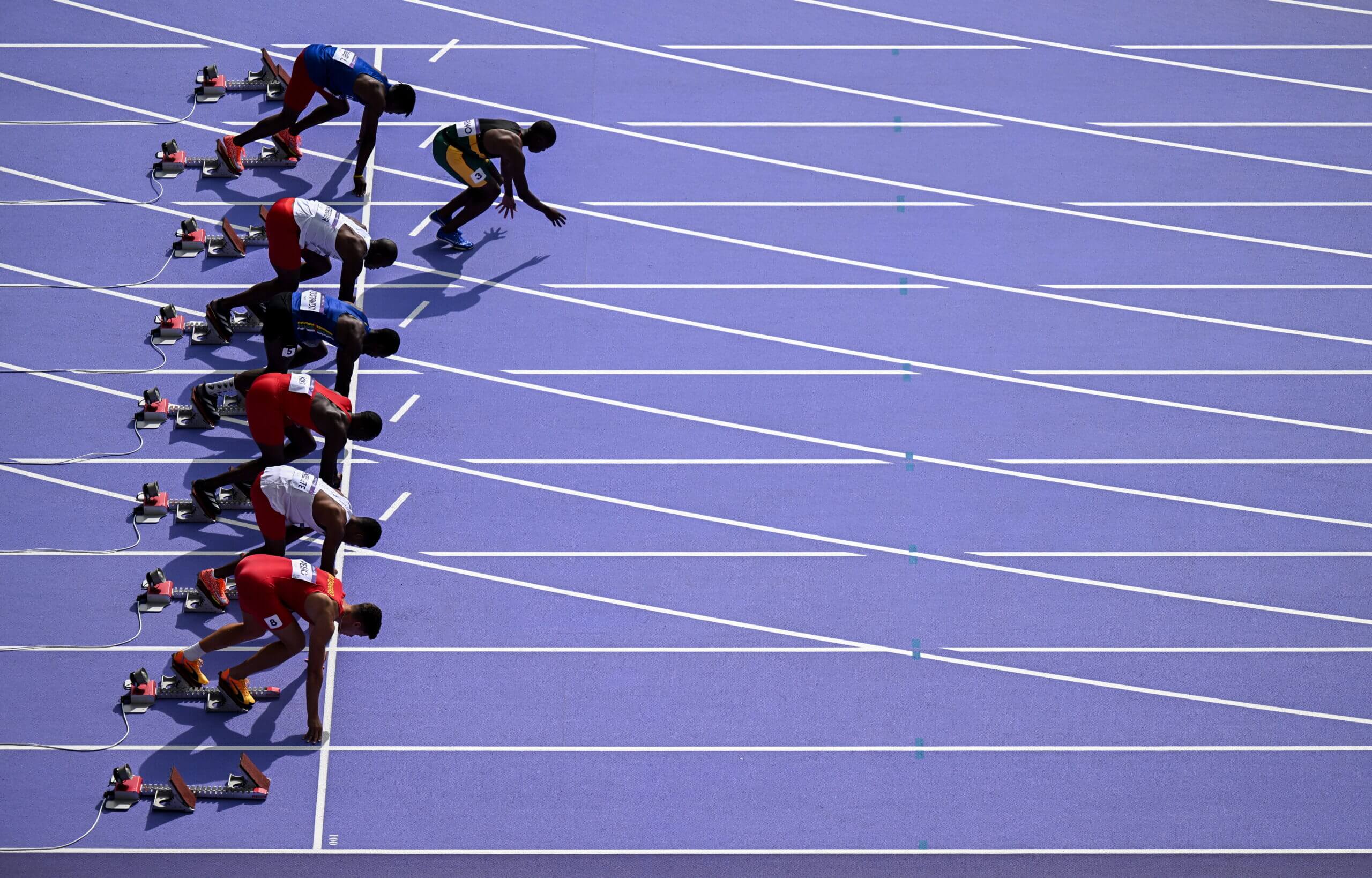
The false start rule in athletics, introduced in 2010, disqualifies athletes who start their race before the gun is fired. This rule was implemented to ensure fair competition.
Cycling: The Introduction of Time Trials

The introduction of time trials in cycling in the early 20th century offered a different challenge to cyclists. In time trials, cyclists race alone against the clock, requiring a unique blend of speed, endurance, and pacing.
Swimming: The Introduction of Flip Turns
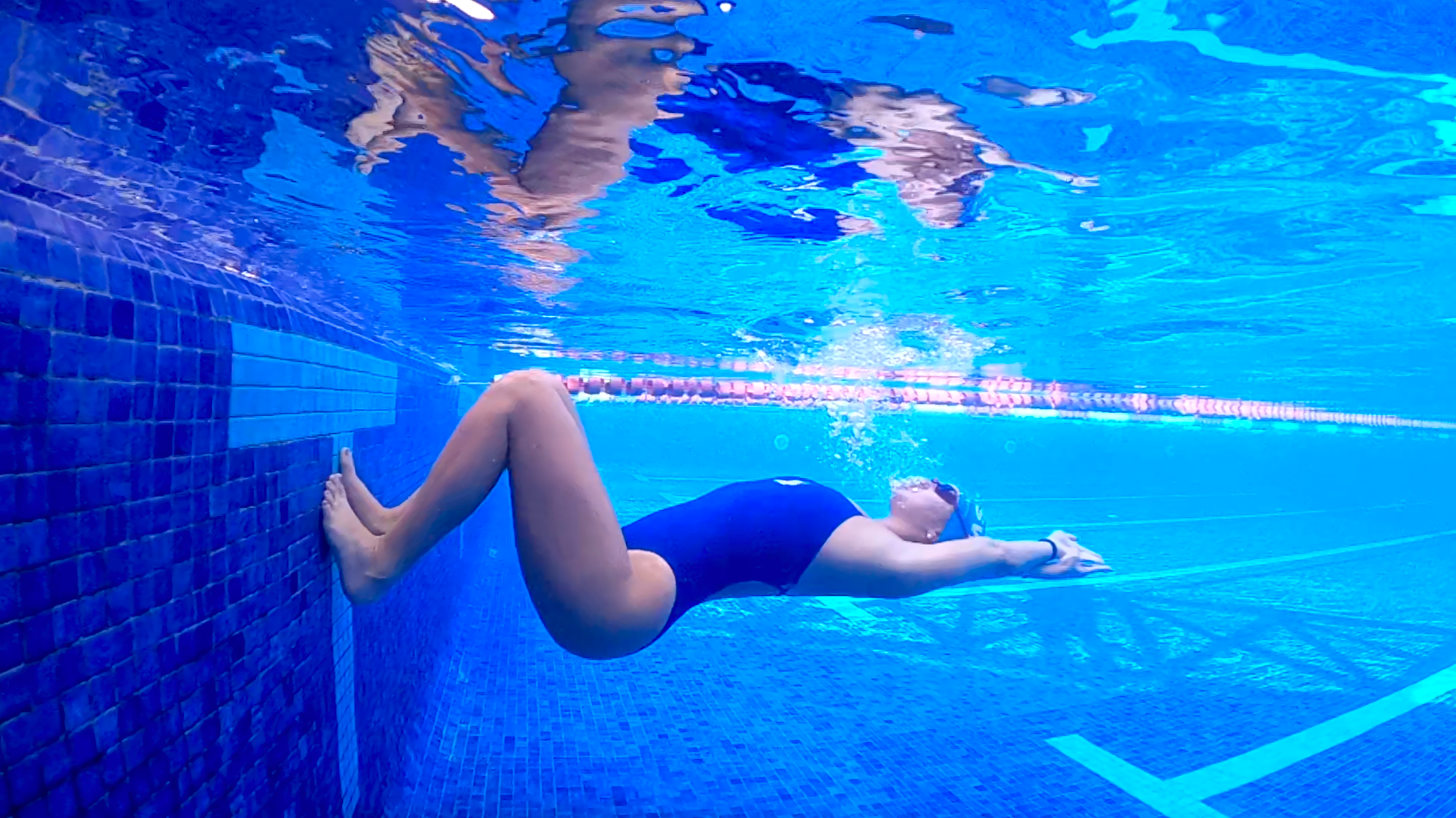
The introduction of flip turns in swimming in the 1950s revolutionized the sport. Flip turns allow swimmers to maintain their momentum while changing direction at the end of a pool. Flip turns have influenced swimming technique and training, with swimmers focusing on underwater phases.
Volleyball: The Introduction of the Libero
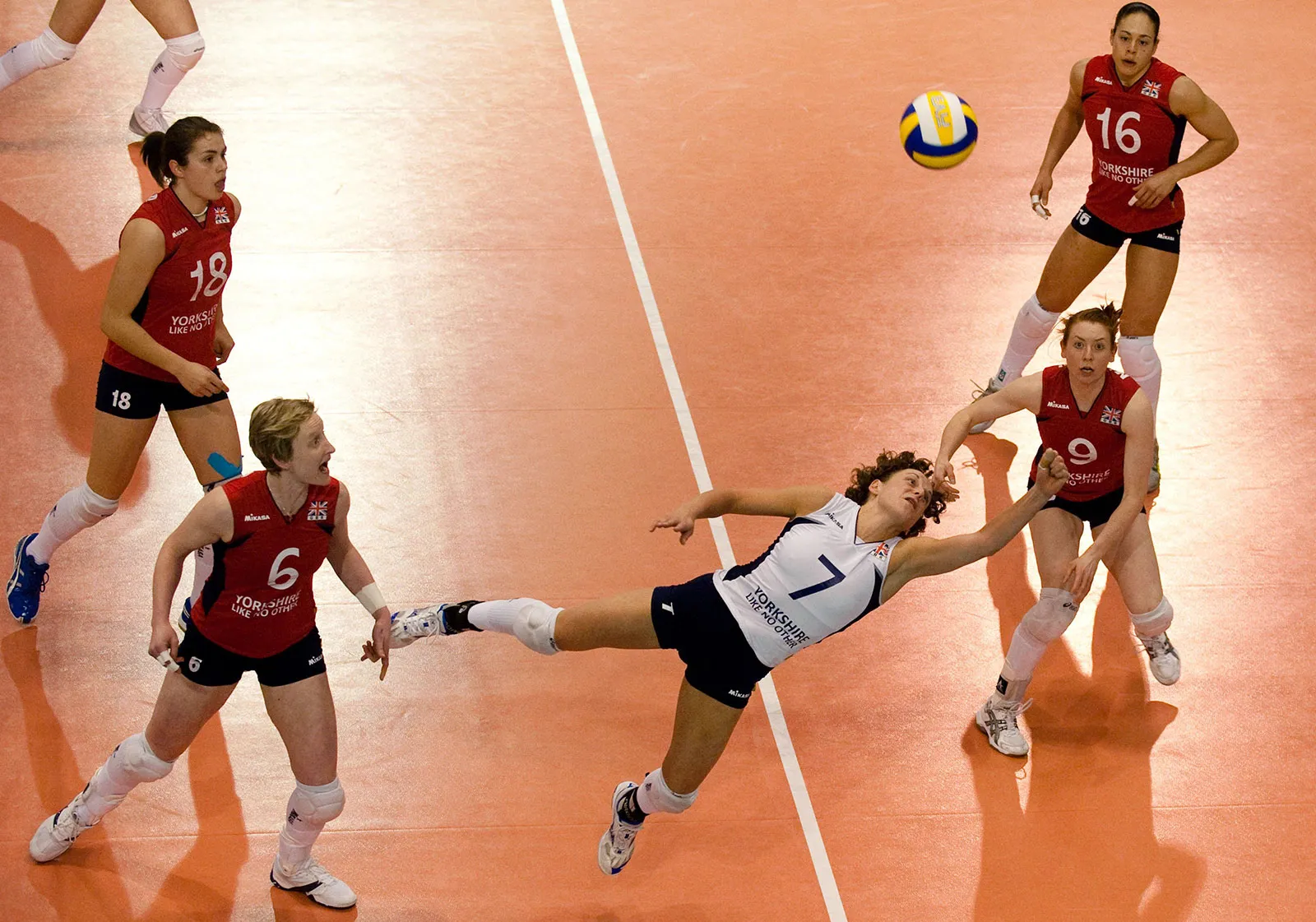
The introduction of the libero in volleyball in the late 1990s added a defensive specialist to the game. The libero, who can replace any back-row player without counting as a substitution, was designed to enhance the defensive aspect of the game. The libero has influenced volleyball strategy, with teams focusing more on defensive play.
Fencing: The Introduction of Electronic Scoring
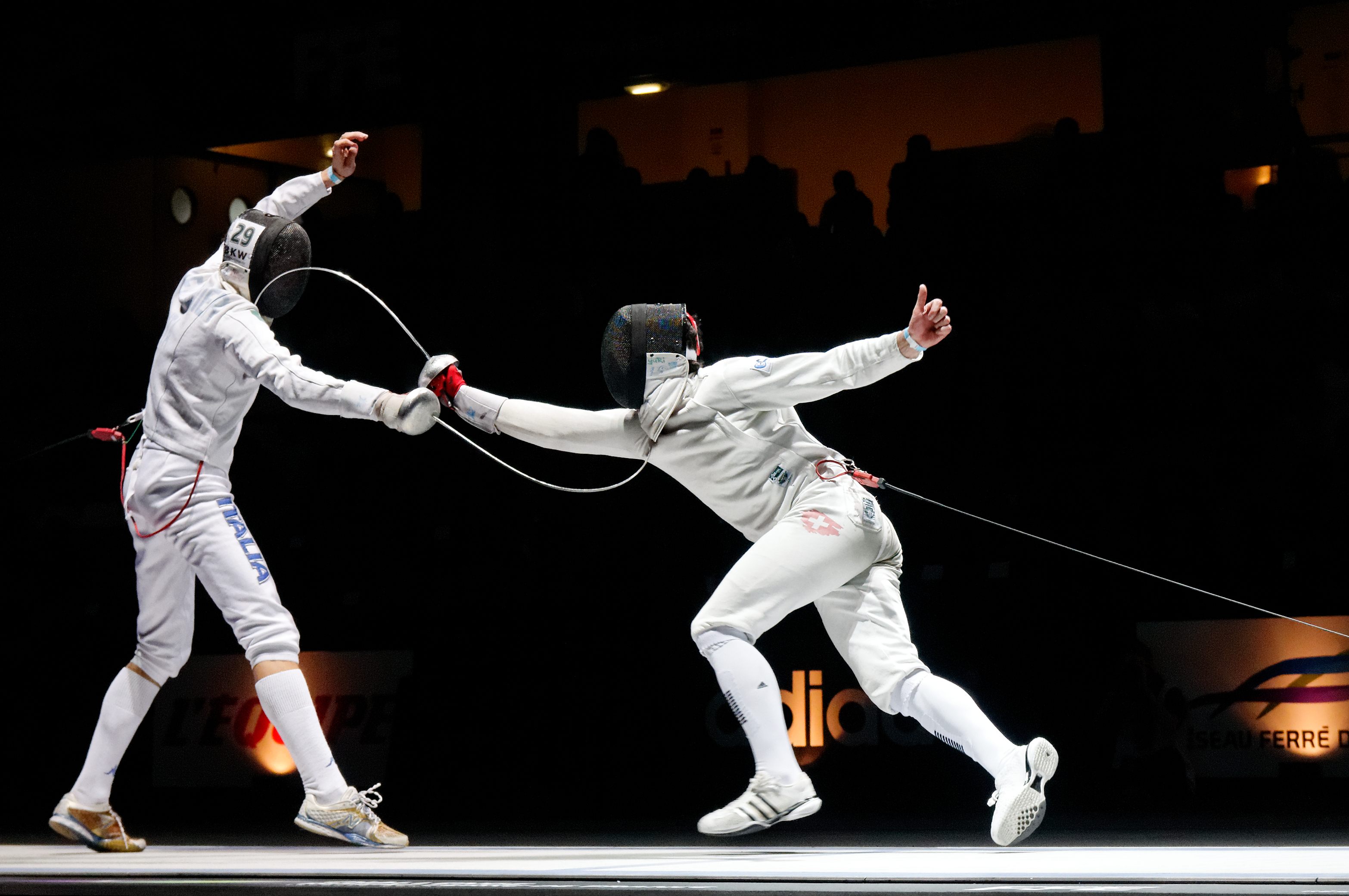
The introduction of electronic scoring in fencing in the 1950s revolutionized the sport. Electronic scoring, which uses a circuit to detect hits, was designed to eliminate human error in judging.
Skiing: The Introduction of the Slalom Format
The introduction of the slalom format in skiing in the 1930s added a technical challenge to the sport. Slalom, which requires skiers to navigate a course of tight turns, was designed to test skiers' agility and control.
Gymnastics: The Introduction of the Code of Points
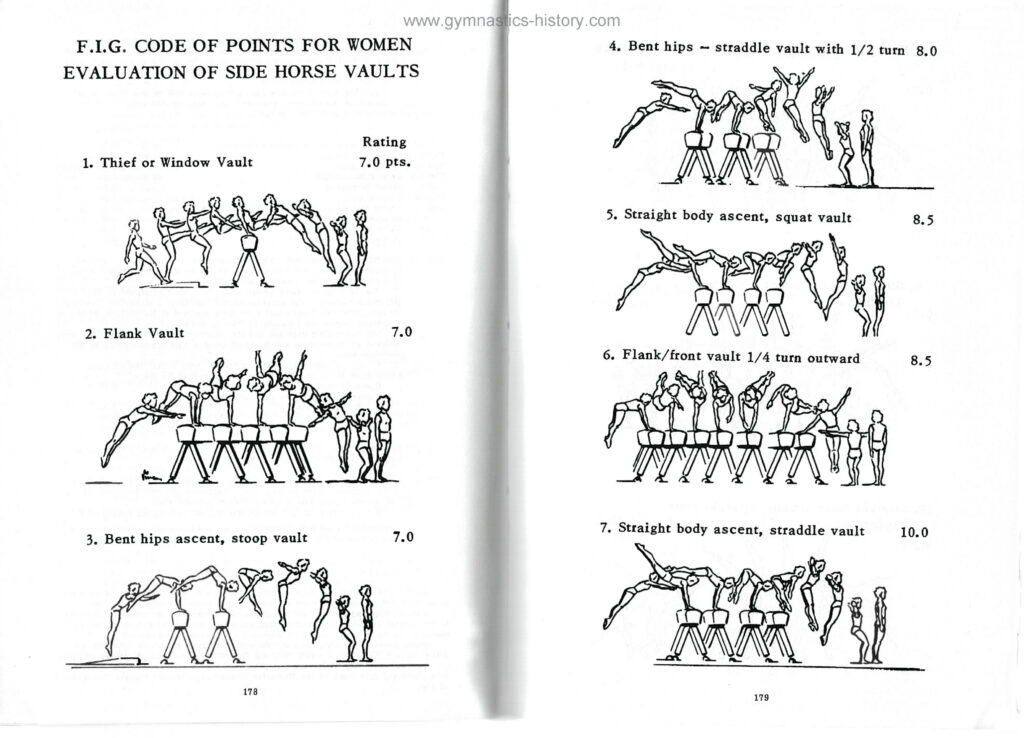
The introduction of the Code of Points in gymnastics in the 1950s standardized scoring. The Code of Points, which awards points based on the difficulty and execution of routines, was designed to ensure fair competition. The Code of Points has influenced gymnastics training and choreography, with gymnasts aiming to maximize their scores.
The Future of Sports Rules

The evolution of sports rules has had a profound impact on the way games are played and enjoyed. These rule changes have not only improved sports but have also challenged athletes to adapt and innovate.
As technology advances and our understanding of human performance improves, we can expect more tectonic shifts in sports rules. These changes will continue to shape the future of sports, offering new challenges and opportunities for athletes, teams, and fans alike.

